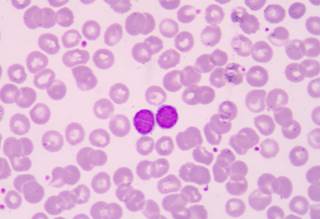Blog
21
Feb
2019
T Cell Lymphopenia May Enhance Effectiveness of Fumaric Acid Ester Therapy for Psoriasis







